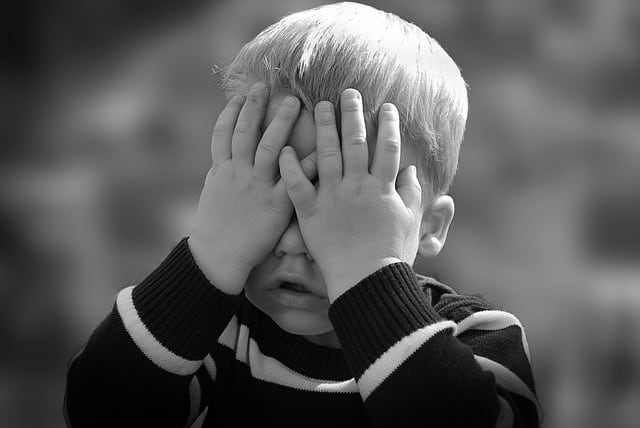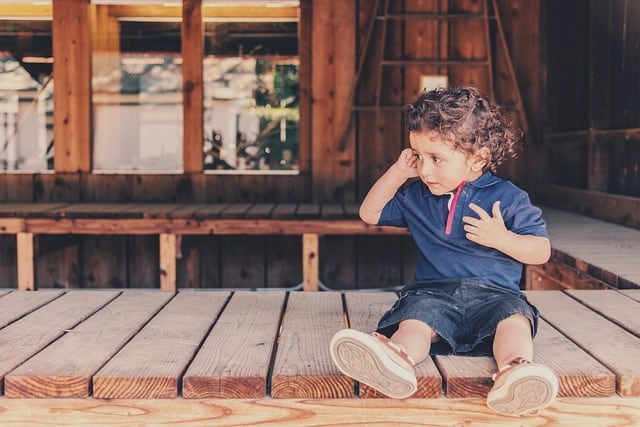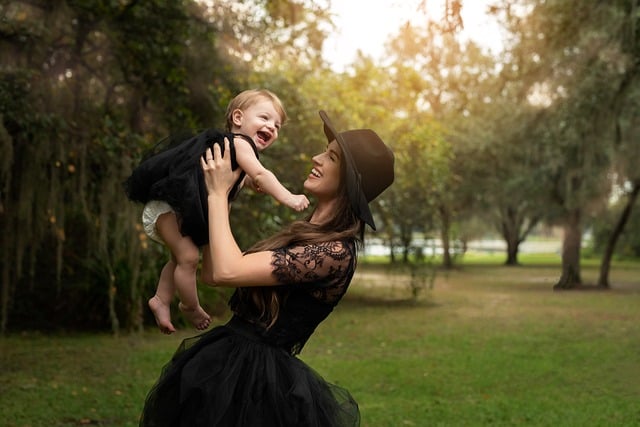Crib padding for head banging is a topic that concerns many parents of young babies. Head banging is a common behavior among babies, and while it is usually harmless, it can cause concern and distress for parents.
This article will provide an overview of crib padding for head banging, including its purpose, safety measures, and alternatives.
Understanding Head Banging in Babies
Head banging is a common behavior among babies, and it is usually harmless. Babies may engage in head banging as a way to self-soothe or as a way to fall asleep. However, if head banging is excessive or if it causes injury, it may be a cause for concern.
Parents should monitor their baby’s head banging behavior and consult with their pediatrician if they have any concerns.
Safety Measures for Crib Padding
Crib padding for head banging can help protect babies from injury. However, it is important to use crib padding safely. Parents should choose a crib padding that is firm and breathable and that fits securely on the crib rails.
Crib padding should be removed as soon as babies are able to stand up or climb out of their cribs.
Key Takeaways
- Head banging is a common behavior among babies, but excessive or injurious head banging may be a cause for concern.
- Crib padding can help protect babies from injury, but it should be used safely and removed as soon as babies are able to stand up or climb out of their cribs.
- Parents should monitor their baby’s head banging behavior and consult with their pediatrician if they have any concerns.
Understanding Head Banging in Babies

Head banging is a common behavior in infants and toddlers, especially during bedtime or when they are upset. It is a self-soothing habit that helps them relax and feel better. Head banging can be worrying for parents, but it is usually a normal behavior and does not indicate any hurt or pain.
The rhythmic movement of head banging can be a sign of a disorder, such as rhythmic movement disorder or a sleep-related rhythmic movement disorder. However, in most cases, it is a harmless habit that babies outgrow as they develop other self-soothing techniques.
Head banging can be seen in both boys and girls and is more common in some children than others. It can also be associated with developmental delays, neurological disorders, or autism spectrum disorder. However, it is important to note that head banging alone is not a diagnostic criteria for any of these disorders.
Parents can intervene if head banging is disrupting their child’s sleep or causing irritability and inattention during the day. However, it is important to react calmly and not to reinforce the behavior by giving attention or rocking the child to sleep.
Teething or ear infections can cause pain and discomfort, which may trigger head banging. If parents suspect a medical problem, they should consult a healthcare provider to rule out any health issues.
In summary, head banging in babies is a normal behavior that can be seen in both boys and girls. It is usually a harmless habit that helps babies self-soothe and relax.
However, if head banging is disrupting sleep or causing irritability, parents can intervene calmly and consult a healthcare provider if they suspect a medical or developmental problem.
Safety Measures for Crib Padding
When it comes to crib padding, safety is the top priority. While padding can help prevent injury from head banging, it’s important to take certain precautions to ensure that the padding itself doesn’t pose a safety risk.
First and foremost, it’s important to use a safe crib mattress. The American Academy of Pediatrics recommends that infants sleep on a firm, flat surface without any soft objects or loose bedding. This means that the mattress should fit snugly in the crib and not leave any gaps between the mattress and the crib walls.
If you do decide to use a crib bumper or other padding, make sure that it is securely attached to the crib and cannot come loose. Loose padding can pose a suffocation risk if a baby becomes tangled in it or if it covers their face.
It’s also important to choose the right type of padding. Traditional crib bumpers are not recommended as they can pose a risk of suffocation, strangulation, or entrapment. Instead, consider using a mesh crib bumper or a crib liner that allows for airflow while still providing some protection against head banging.
When putting a baby to sleep, make sure that they are placed on their back on a flat, firm surface with no extra padding or objects around them. They should not be able to fall asleep against a crib bumper or other padding as this can increase the risk of suffocation.
Finally, make sure that the crib is placed away from any hard surfaces or walls. This can help prevent injuries if a baby were to roll or fall against the crib sides.
By following these safety measures, parents can help prevent injury while still providing some protection against head banging.
Alternatives to Crib Padding

While crib padding can be helpful in preventing head banging, there are alternative options that parents can consider. Here are a few alternatives to crib padding:
1. Pillows
Pillows can be used to cushion a baby’s head while sleeping, but it’s important to use them correctly. The American Academy of Pediatrics recommends that babies should not sleep with pillows until they are at least 1 year old.
Even then, it’s important to use a firm, flat pillow that is free of any loose stuffing or materials.
2. Bumpers
Bumpers are padded pieces of fabric that attach to the inside of a crib to prevent a baby from getting their arms and legs stuck between the slats. However, bumpers have been linked to an increased risk of SIDS and should be avoided.
The American Academy of Pediatrics recommends that parents should not use crib bumpers.
3. Blankets
Blankets can be used to keep a baby warm while sleeping, but it’s important to use them correctly. The American Academy of Pediatrics recommends that parents should not use loose blankets or soft bedding in a baby’s crib until they are at least 1 year old. Instead, parents can use a wearable blanket or sleep sack to keep their baby warm.
4. SIDS
Sudden Infant Death Syndrome (SIDS) is the sudden and unexplained death of a baby under 1 year of age. While the exact cause of SIDS is unknown, there are steps that parents can take to reduce the risk.
These include placing a baby on their back to sleep, using a firm and flat sleep surface, and keeping loose bedding and soft objects out of the crib.
5. Breathable Baby
Breathable Baby is a brand of mesh crib liners that are designed to prevent a baby from getting their arms and legs stuck between the slats of a crib.
While these liners may be a safer alternative to traditional bumpers, it’s important to note that they have not been proven to prevent SIDS. Parents should still follow safe sleep guidelines when using Breathable Baby liners.
Role of Parents in Handling Head Banging

When it comes to headbanging, parents play a crucial role in handling the situation. Here are some ways in which parents can help their child:
1. Provide Adequate Stimulation
Children who engage in headbanging may do so because they are seeking stimulation. Parents can provide their child with toys and activities that offer sensory input, such as textured balls or play dough. This can help satisfy their child’s need for stimulation and reduce the frequency of headbanging.
2. Address Anger and Frustration
Headbanging can also be a sign of anger or frustration. Parents can help their child learn to express their emotions in a healthy way. This can include teaching them calming techniques, such as deep breathing or counting to ten before reacting.
3. Modify the Environment
Parents can modify the environment to reduce the risk of injury during headbanging. This can include removing hard objects, such as a headboard, from the child’s crib or bed. Parents can also use a crib padding specifically designed for headbanging to protect their child.
4. Discourage Thumb Sucking
Thumb sucking can exacerbate headbanging, as it can lead to a repetitive motion. Parents can discourage thumb sucking by offering alternative soothing techniques, such as a pacifier or stuffed animal.
5. Use White Noise Machine
A white noise machine can help soothe a child and reduce the frequency of headbanging. The constant background noise can help drown out other sounds that may be overstimulating for the child.
By taking these steps, parents can help their child manage headbanging and reduce the risk of injury.
Related post: Is a Toddler Mattress the Same as a Crib Mattress
Frequently Asked Questions
Are mesh crib bumpers safe?
Mesh crib bumpers are generally considered safe as they allow for proper airflow and reduce the risk of suffocation. However, it is important to ensure that the mesh is tightly secured to the crib and does not pose a strangulation hazard.
Crib wall padding: What are the options?
There are various options for crib wall padding, including foam padding, cotton padding, and polyester padding. It is important to choose a material that is breathable and does not pose a suffocation risk.
Safe crib bumpers: What are the alternatives?
Alternatives to traditional crib bumpers include mesh bumpers, breathable crib liners, and crib rail covers. These options provide protection without the risk of suffocation or entanglement.
What age are crib bumpers safe for my baby?
Crib bumpers are not recommended for any age as they pose a suffocation and entanglement risk. It is best to avoid using them altogether.
How do I prevent my baby from hitting their head in the crib?
To prevent head banging, parents can use a crib rail cover or place a tightly fitted sheet over the mattress. It is important to ensure that the sheet is not loose or bunched up, as this can pose a suffocation risk.
Are padded crib bumpers illegal or unsafe?
Padded crib bumpers are not illegal, but they are considered unsafe and are not recommended by pediatricians. They pose a suffocation and entanglement risk and should be avoided.

Iesha is a loving mother of 2 beautiful children. She’s an active parent who enjoys indoor and outdoor adventures with her family. Her mission is to share practical and realistic parenting advice to help the parenting community becoming stronger.
